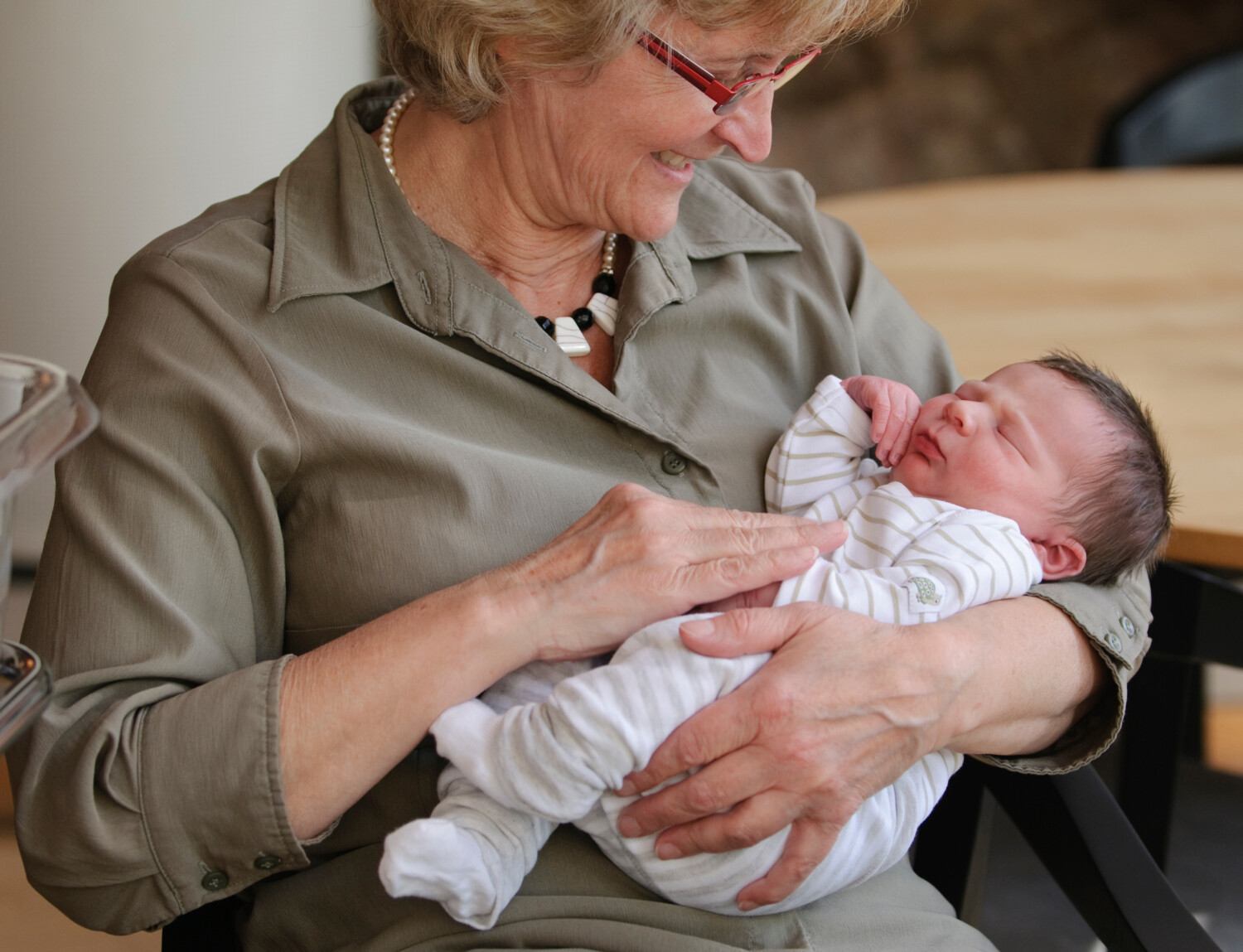According to the National Council on Aging, adults ages 65 and older are one of the fastest-growing groups in the nation. By 2040, this age group is expected to reach 80.8 million. This is more than double what it was in the year 2000.
It turns out, a lot of these seniors want to work even after retirement age. Not only does it make them happier, they may still need the money. Of course, working is also good for the brain and body. To attract older workers, some companies are starting to institute one specific perk for this age group: “grandternity leave.”
What Is Grandternity Leave?
While maternity and paternity leave allow parents of newborns to take time off to bond with their child, grandternity leave allows grandparents an allotted amount of paid time off to help them spend time with their grandchildren.
While it’s still rare, some companies are offering the benefit in the hopes it will help attract and retain older employees for a longer period of time. Employers are more interested in hiring an older workforce now than in years past because the labor market remains tight and they don’t want to lose the historical, institutional knowledge or work ethic an older employee might bring to the job, to the Wall Street Journal reports. Some companies have never had so many older workers, and they’d like to keep as many as possible.
Grandparent leave offers mature adults the added perk of not having to take unpaid leave to celebrate the birth of a grandchild. It may last for a few days or a few weeks, depending on the company.

Grandternity leave doesn’t always have to be used to meet a newborn child, if a company’s policy is flexible. The time could be used to travel with a grandchild or attend their plays or graduations. Larger companies are offering extended leave time for the first year — or sometimes the first two years — of the child’s life to take on the role of caregiver, which might be beneficial if the child’s parents are ill, grieving or otherwise in need of a reprieve. Some employees with longer leaves may be able to break up the time into different phases, using one for birth and another for a later stage.
According to an analysis of Health and Retirement Study data cited in the book “Overtime: American’s Aging Workforce and the Future of Working Longer,” only half of American work continuously throughout their 50s. The main reasons they don’t work include insecure jobs, caregiving for others, health issues and age discrimination. Grandternity leave addresses at least one of those issues, although it doesn’t solve them all.

Who Offers Grandternity Leave?
Just like other benefits, each company varies in the amount of paid time off provided.
Tech giant Cisco first introduced the idea nationwide in 2017 and offers grandparents an extra three days of paid time off during the first year of a grandchild’s life. Workers can spend it welcoming a new grandchild or helping their child adjust to being a new parent (or the parent of multiple children). This year alone, nearly 200 people have cashed in on grandternity time.
Fannie Mae allows employees one day of PTO to welcome and bond with their grandchild. Seventy of the company’s 8,000 employees have already used a grandternity day during the first six months of 2023.
Travel marketplace Booking.com offers the most amount of grandparent leave we could find — a robust 10 days of paid leave. Other companies, including HireVue and Employers, a small business insurance specialist, have also jumped on the bandwagon to offer grandparent-related paid time off.

Does Grandternity Leave Have a Future in the Workplace?
With birthrates sharply declining since the 1970s and more women waiting to have their first child until they’re older, it doesn’t appear that companies are concerned this work perk will be overused anytime soon. Having perks like grandternity leave, maternity leave, parental leave and caregiving leave helps to enhance the employee experience, which may improve employee satisfaction and outcome.
It’s unclear if more companies will offer such flexible policies in the future — but based on the number of people who have taken the perk, there’s definitely a benefit workers are looking for. And workplaces are also seeing trends toward offering other types of paid time off, like menopause leave and “pawternity” leave to care for new pets.
Would you like to see these types of policies integrated into your corporate culture?
This story originally appeared on Simplemost. Check out Simplemost for additional stories.


